The E-tron landed at the opposite end of the design spectrum to its Jaguar I-Pace rival, which intentionally looks like nothing else on the company’s résumé. The interior sings a familiar tune, too, because it shares its digital instrument cluster (Virtual Cockpit in marketing speak) and its twin-screen infotainment system with other Audi models such as the Q8. The result is an uncluttered, high-tech-looking cockpit almost devoid of physical buttons.
Several factors convinced Audi to launch its ferocious electric car offensive with an SUV instead of a saloon. It’s easily the most marketable bodystyle in key regions like the US and China. The larger dimensions of the body and the additional ground clearance also allowed designers to stuff the bulky battery under the passenger compartment while maintaining a generous amount of interior space.
As a result, four adults can travel comfortably in the E-tron without pining for additional head or leg room and the 660-litre boot is big enough for a serious trip to the local Ikea. But, since there’s no V6 under the bonnet, it stands to reason that there’s a second boot in front of the passengers, right? Not quite. Audi simply carved out a small space to store items like the charging cable. It’s big enough to take a laptop or a small bag but don’t expect to drive around with a fully loaded Christmas hamper stuffed between the wings.
The body hides an electrified evolution of the MLB Evo platform. It’s the same architecture used for the Q5, Q7, Bentley Bentayga, Porsche Cayenne and several other cars. Using a convergence platform kept development costs in check and let engineers pluck components from other models when appropriate. The steering system comes from the Q5 while the Q7 provided its axle mountings, among other small bits and pieces. However, the drivetrain is brand new and E-tron specific.
The E-tron’s core is a 700kg, 95kWh lithium ion battery. It powers two asynchronous electric motors – one over each axle for all-wheel drive – that zap the wheels with up to 402bhp and 487lb ft of instant torque when the temporary overboost function wakes up. In normal driving conditions, the motors deliver 350bhp and 414lb ft of torque. That’s enough for 0-60mph in 6.4sec. The overboost mode shaves 0.9sec from that time: 5.5sec isn’t bad for a car this size. How heavy? I can’t tell you yet. Audi resorted to automotive omertà when I asked how much the E-tron weighs.
The E-tron’s party trick is a pair of small cameras that are roughly the size of a GoPro lens. They’re mounted at the end of thin, L-shaped pods that stick out like antennae from the space normally occupied by the door mirrors. Offered at an extra cost, the cameras transfer footage to screens integrated into the door panels. Seeing what’s behind the car requires looking where you’d expect to find a door handle or a speaker.
It’s a set-up that takes some getting used to. The screens are much lower than conventional mirrors and, due to an odd twist of reasoning, there is no way to adjust their brightness. That’s unfortunate because glare becomes a problem when driving in direct sunlight. For buyers who take the plunge, the cameras boost range slightly by reducing drag. They’re also a great conversation starter and it’s fun to watch passengers stare at them with near-superstitious awe.
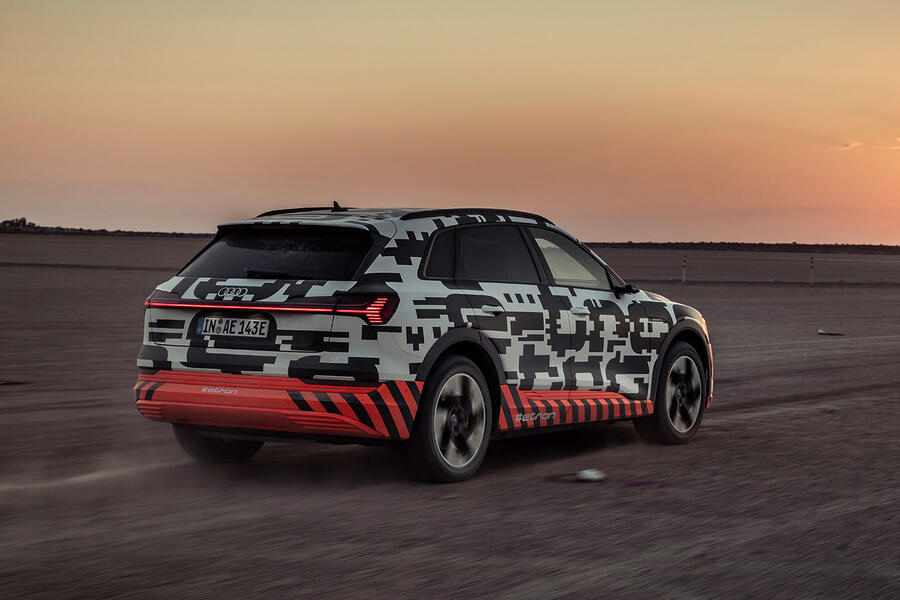

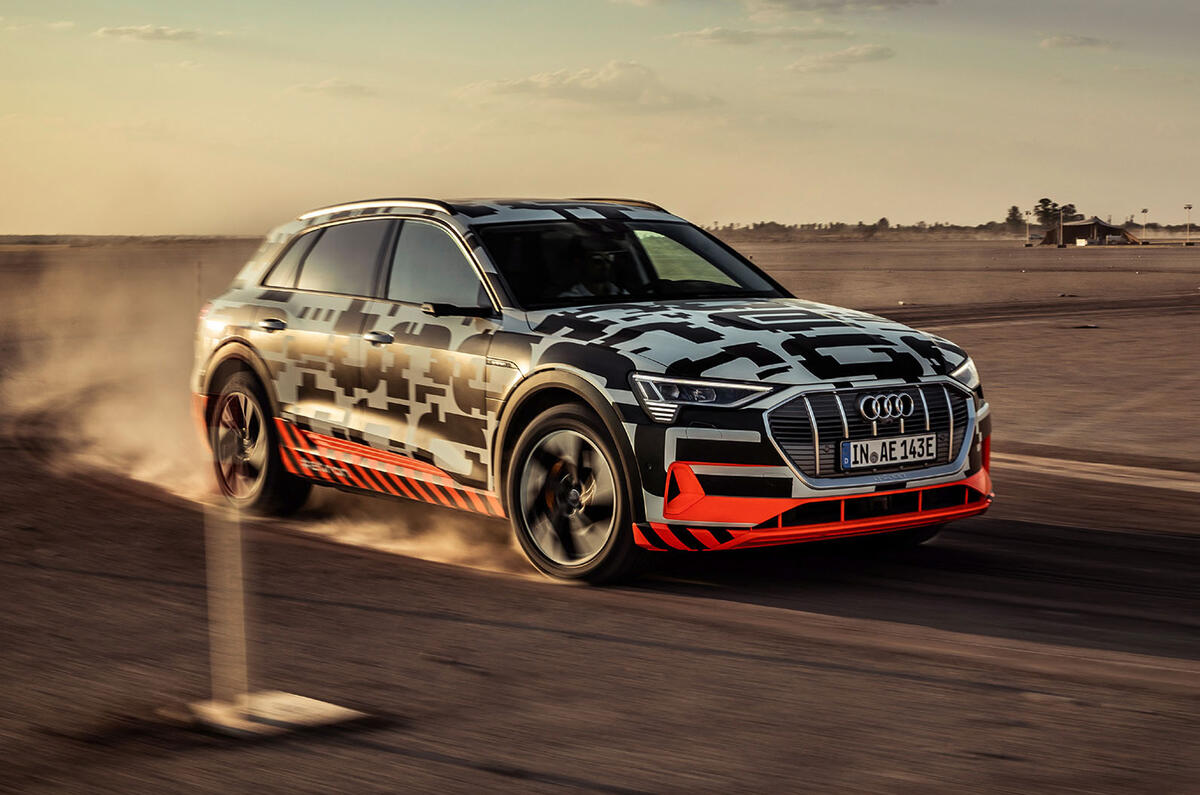
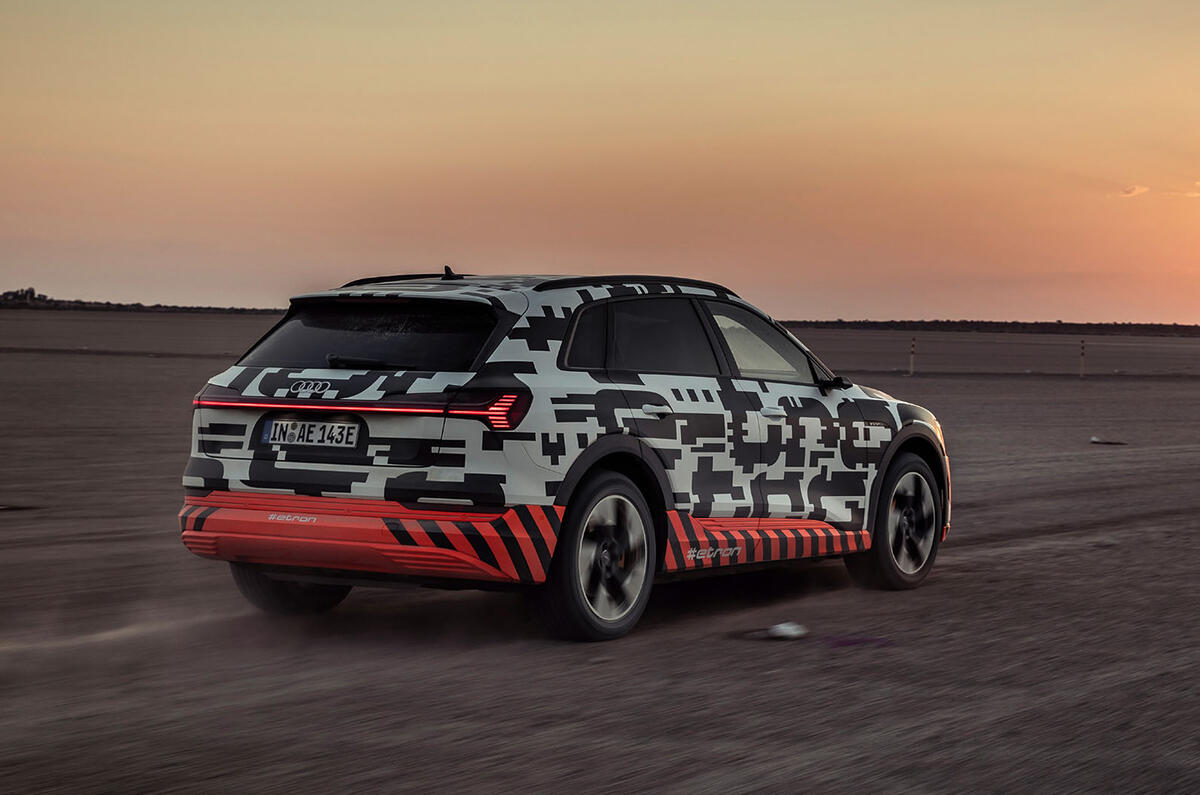
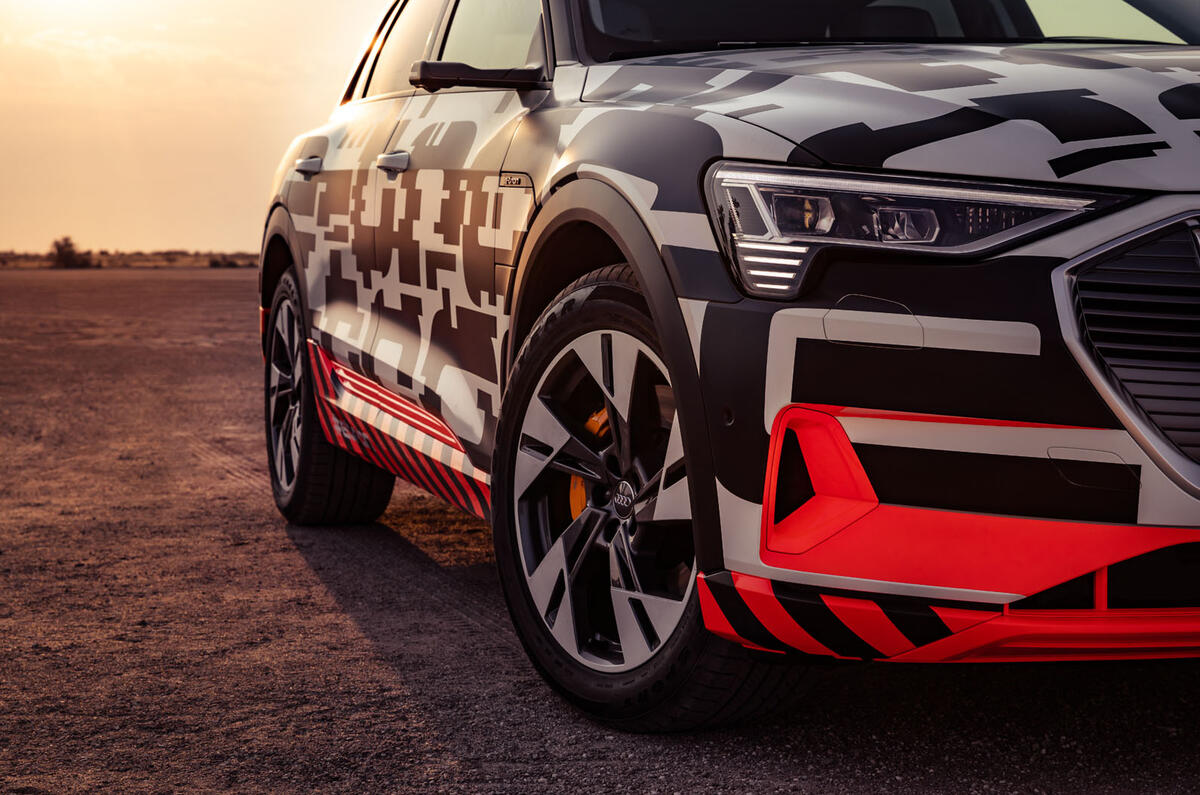
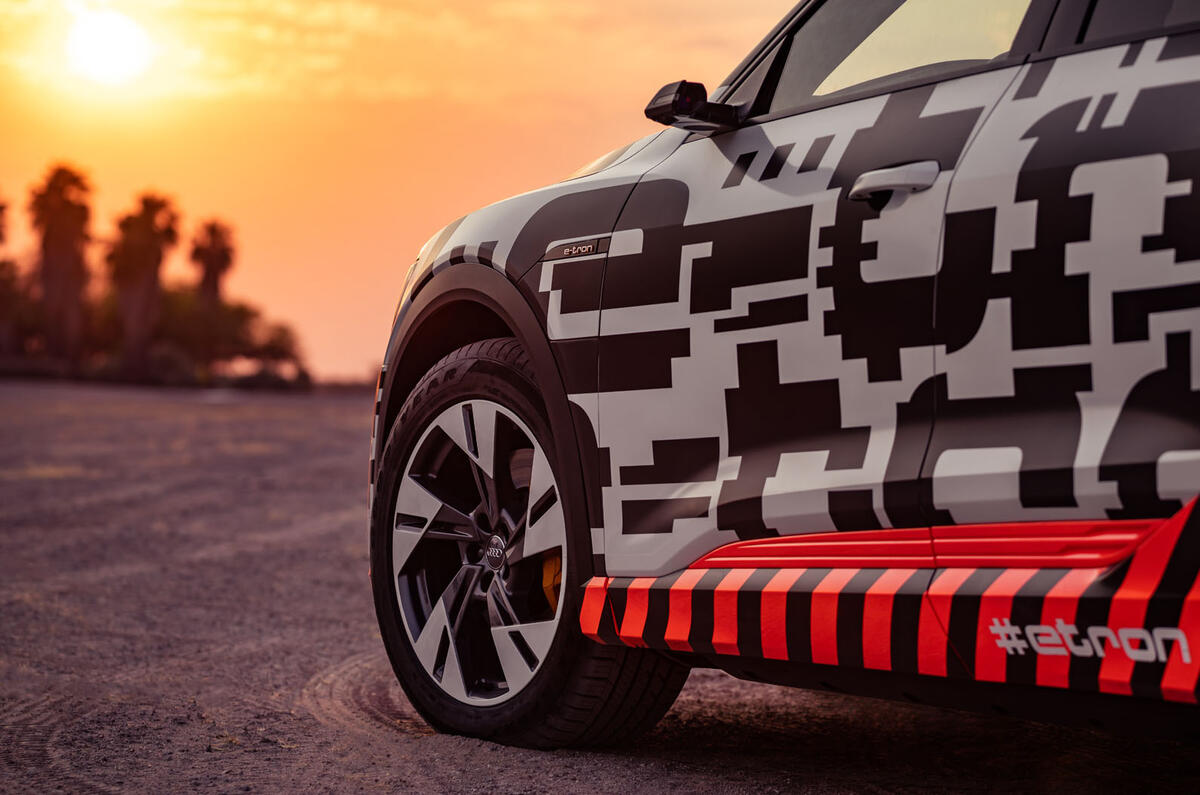
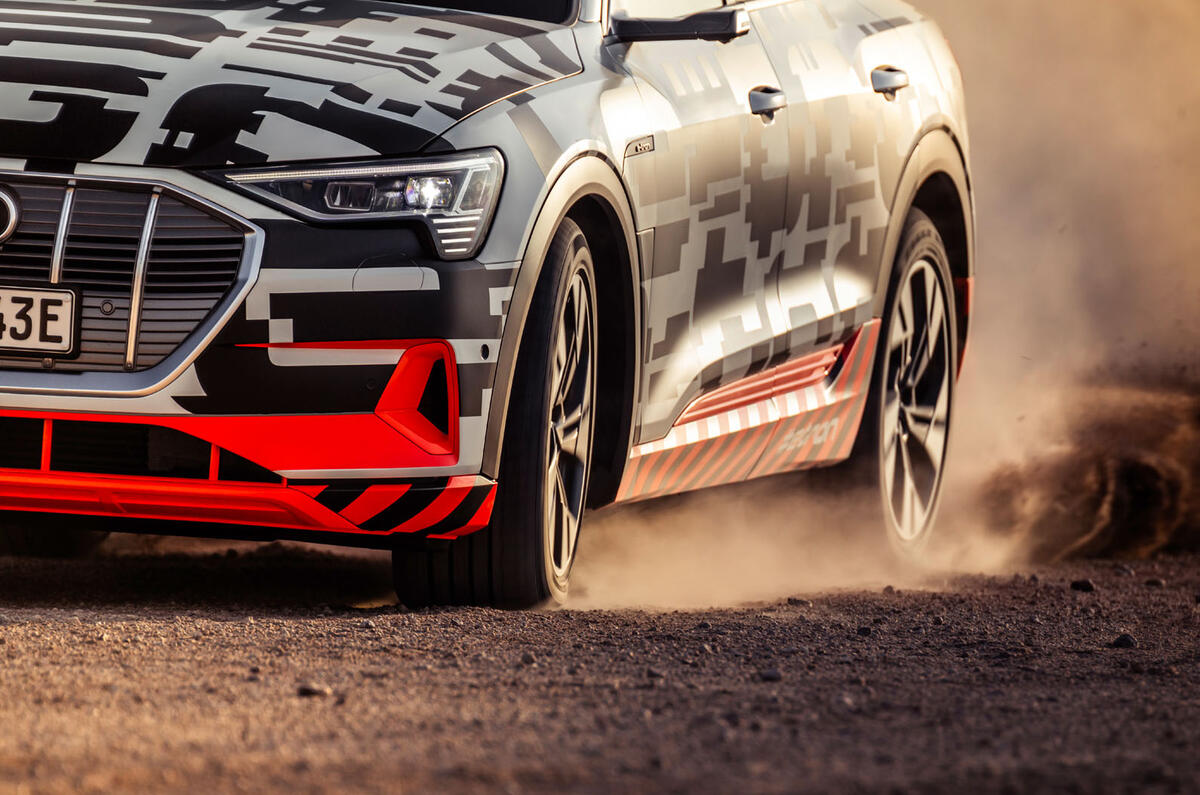
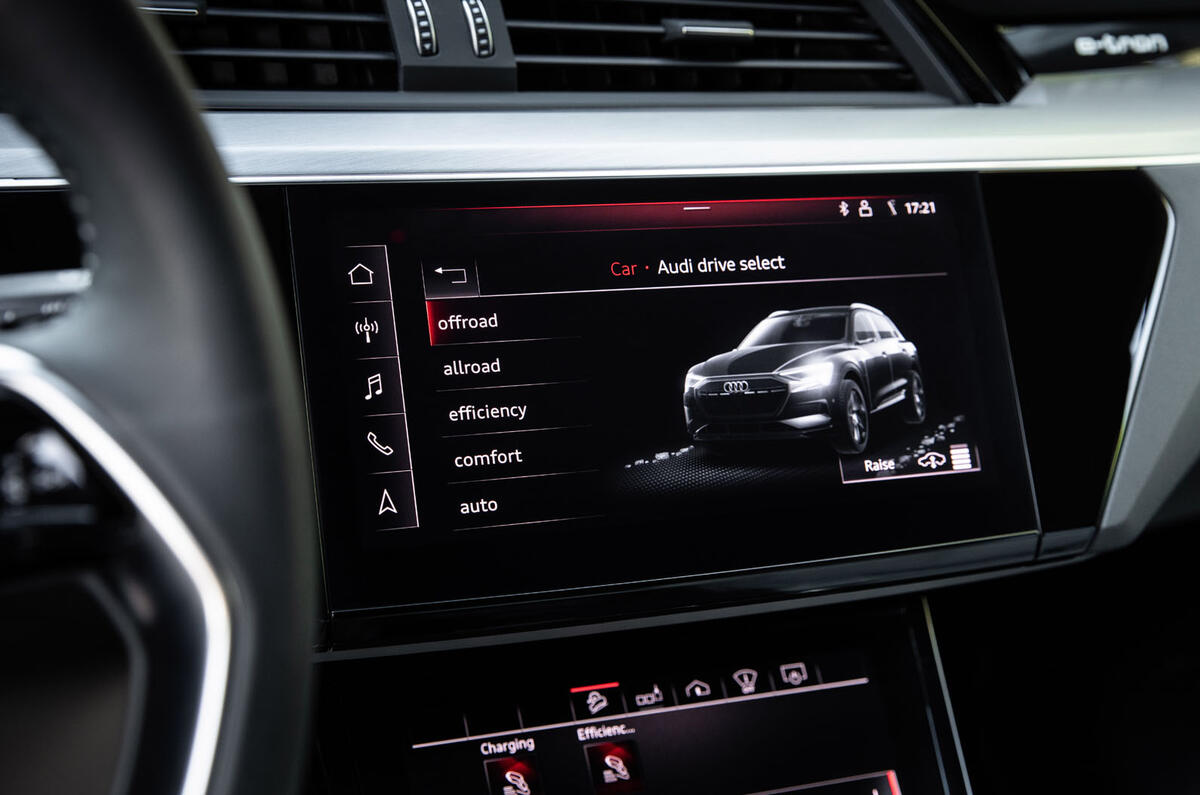
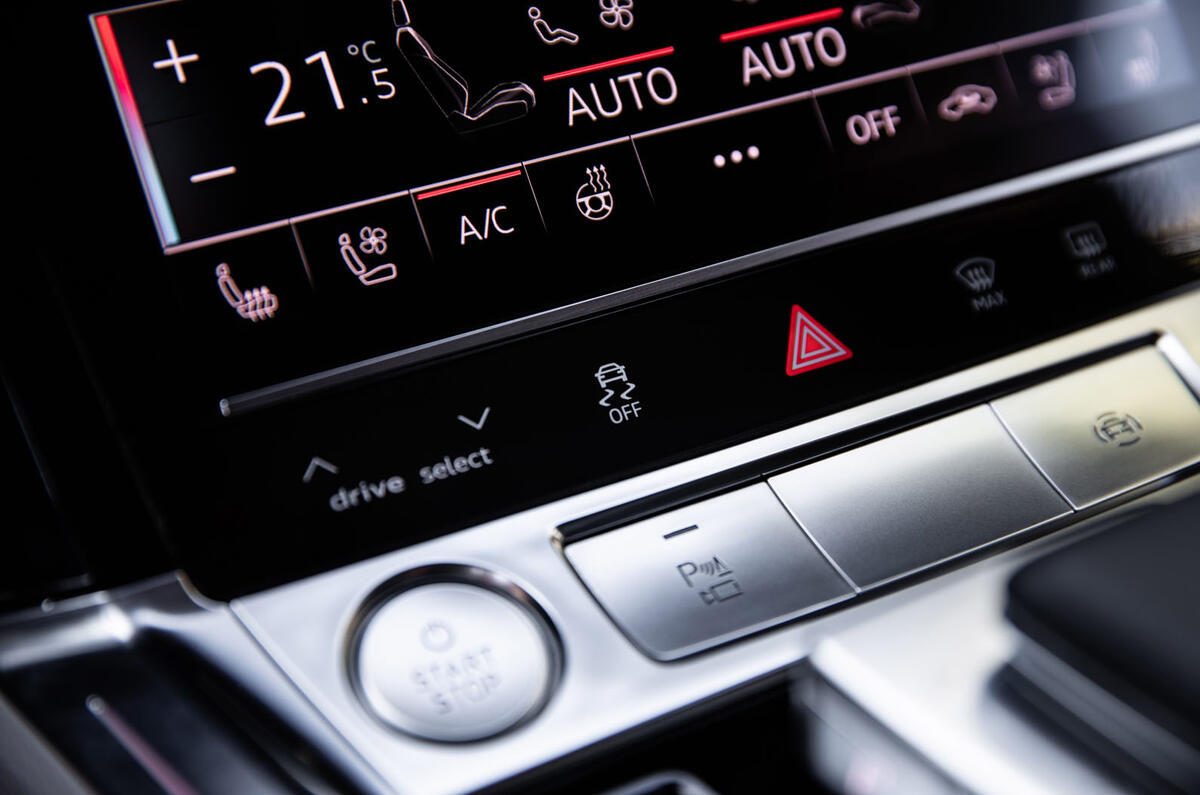
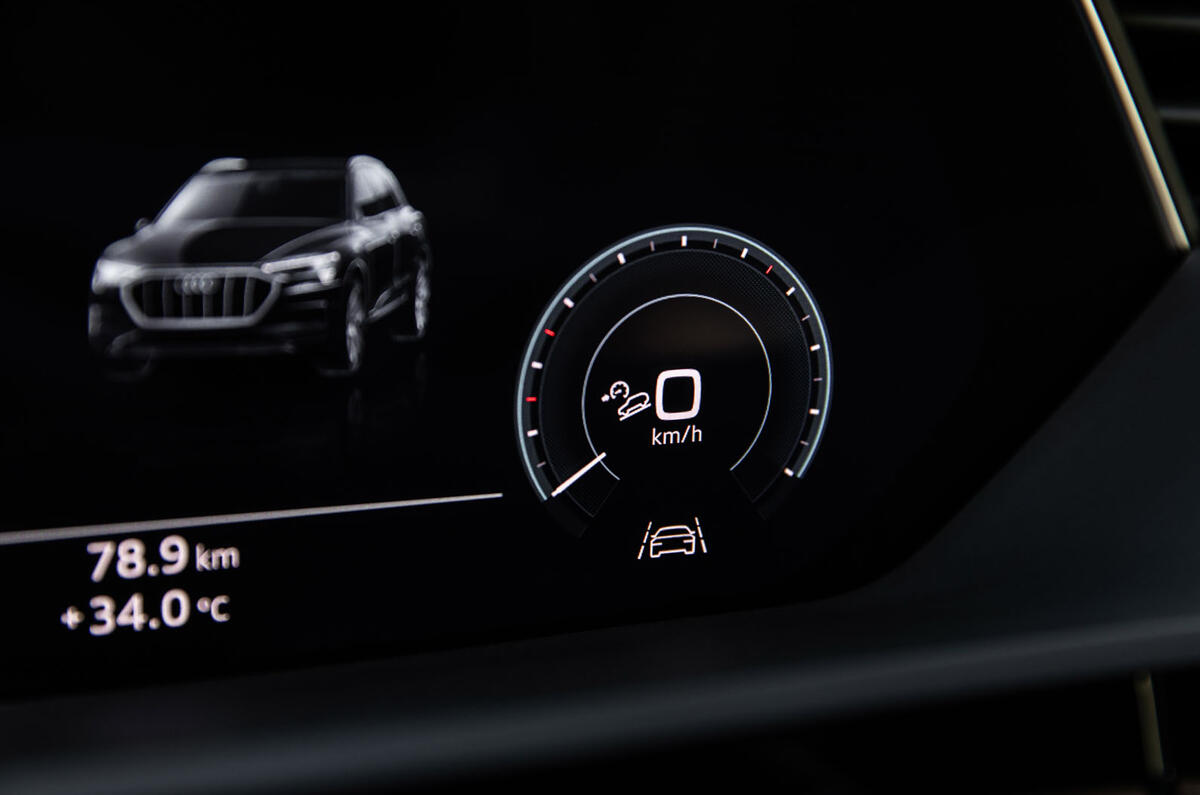
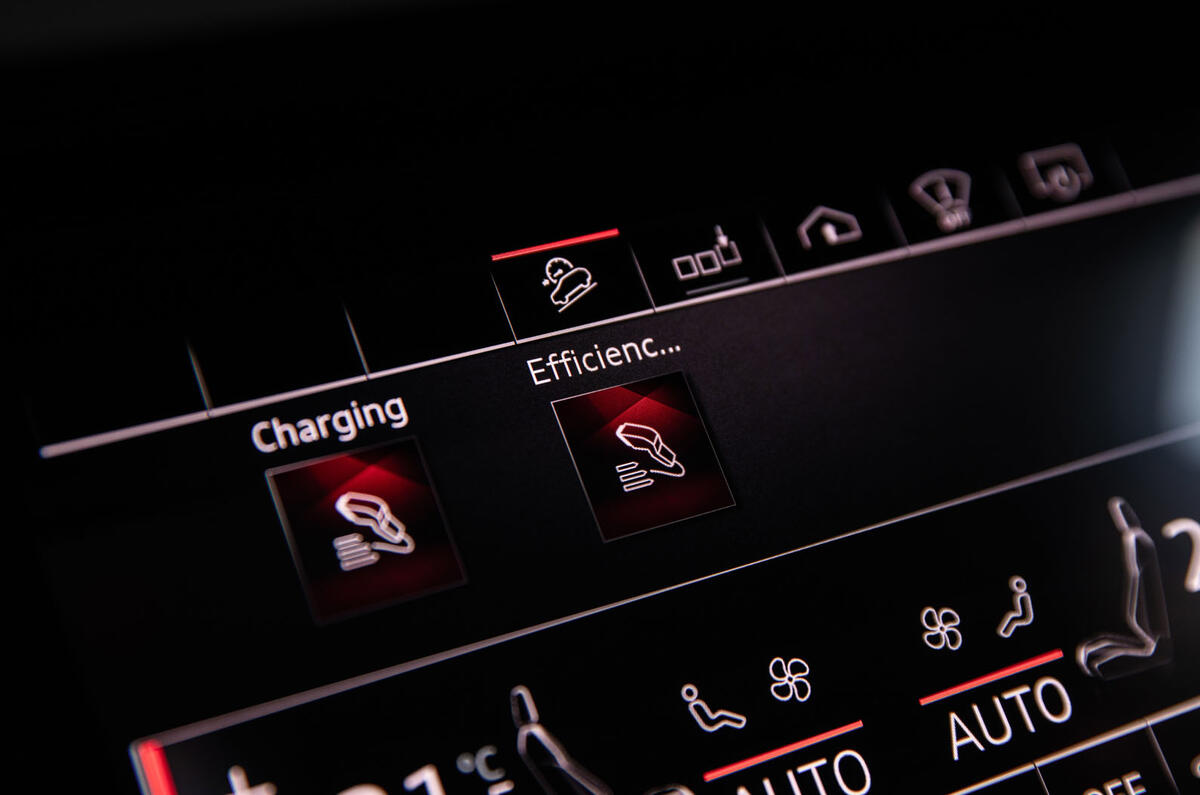
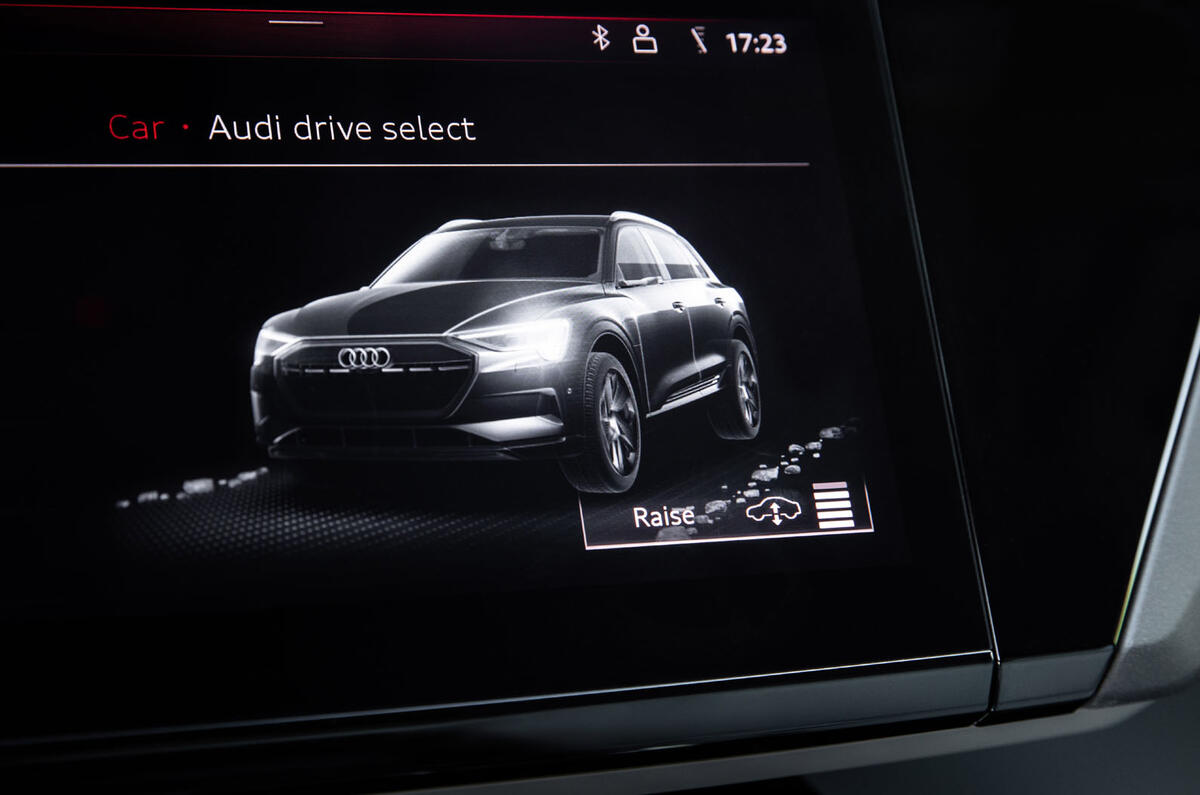
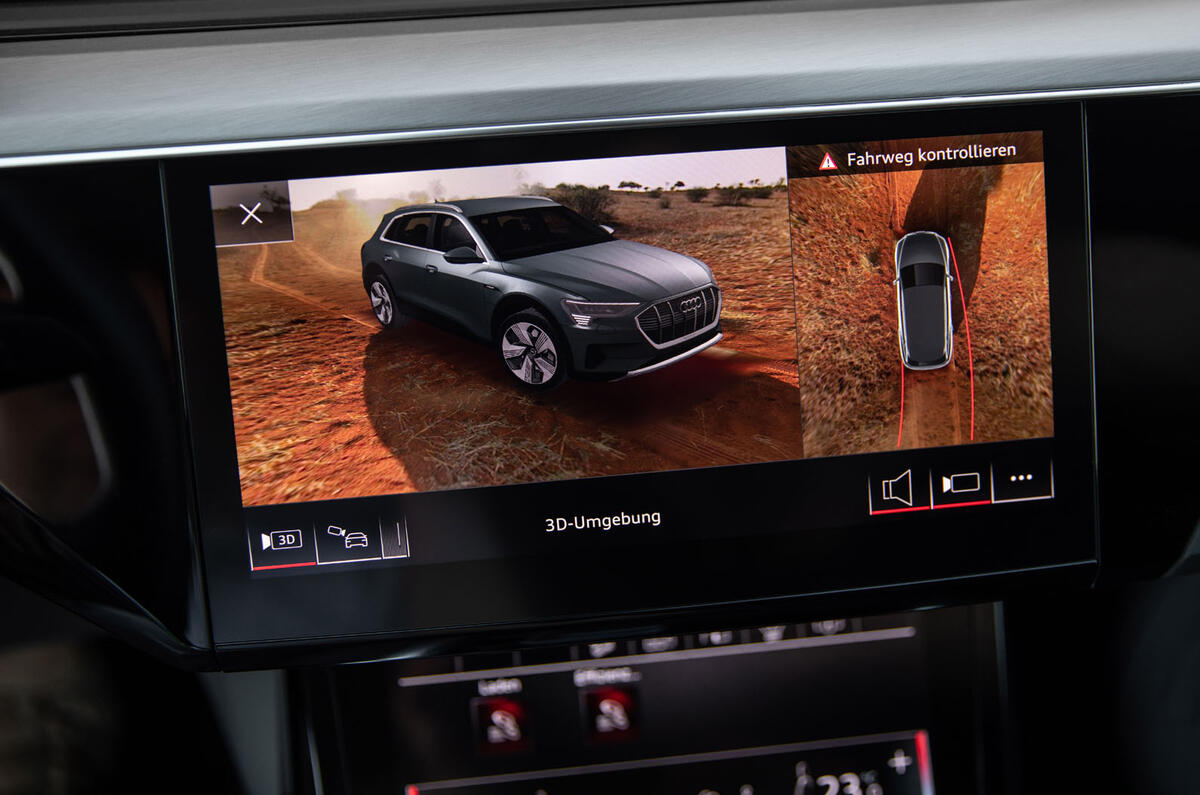
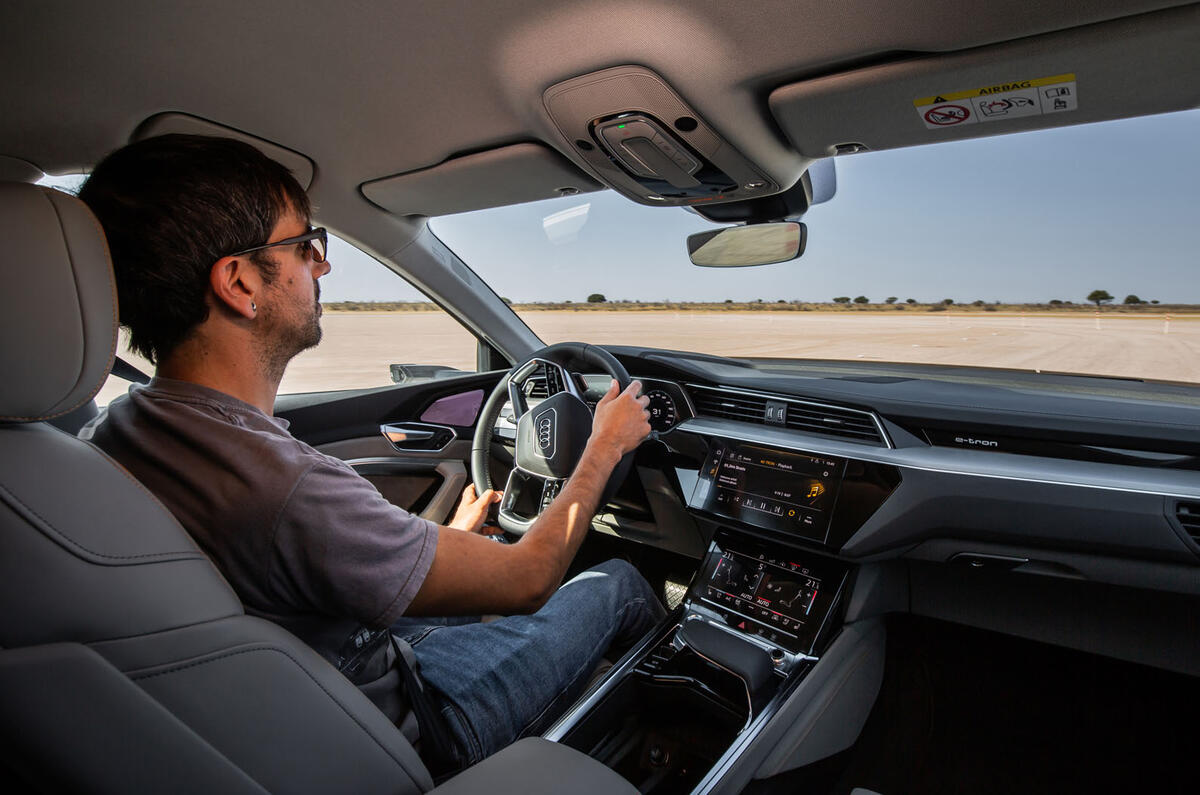
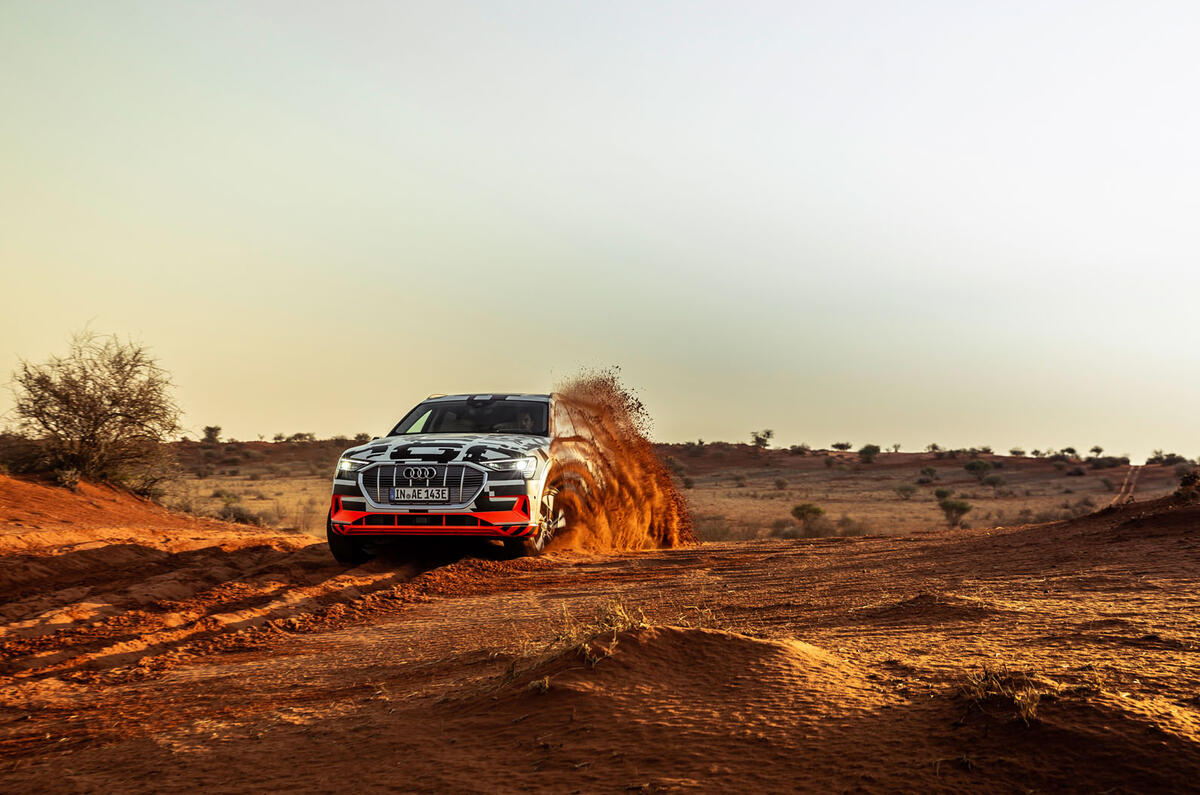
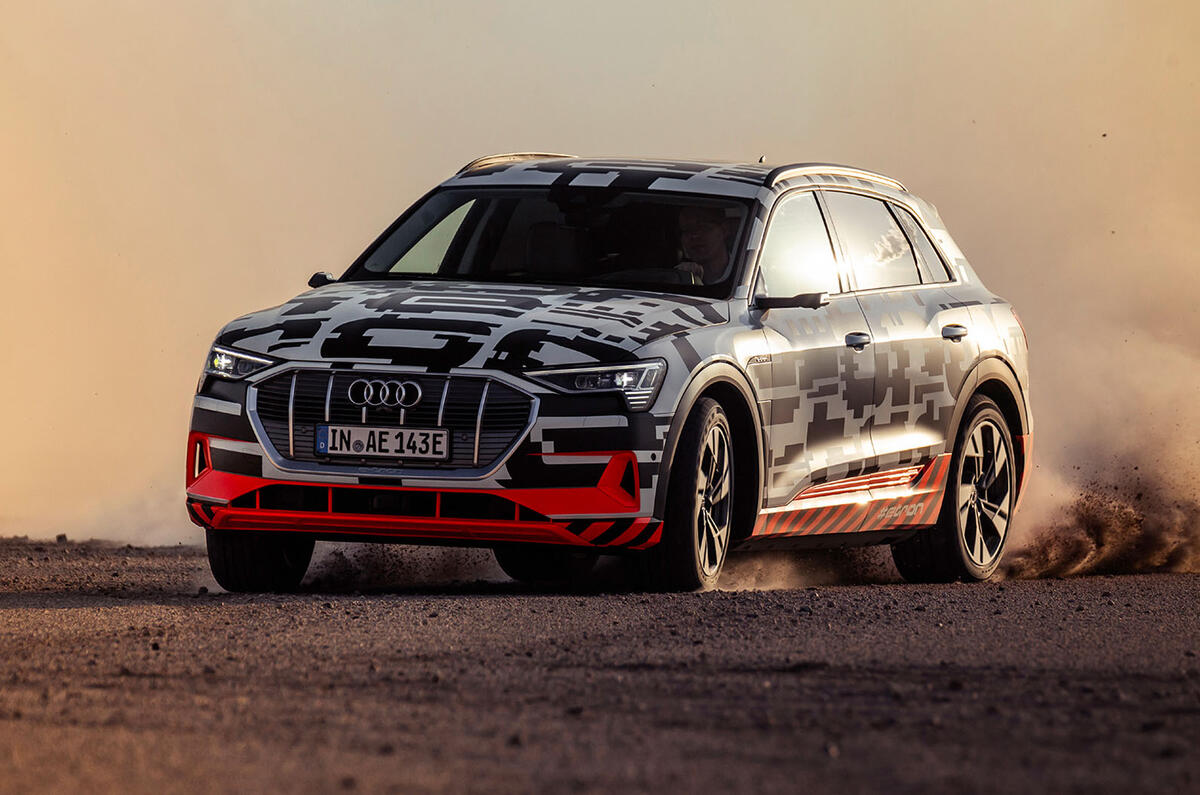
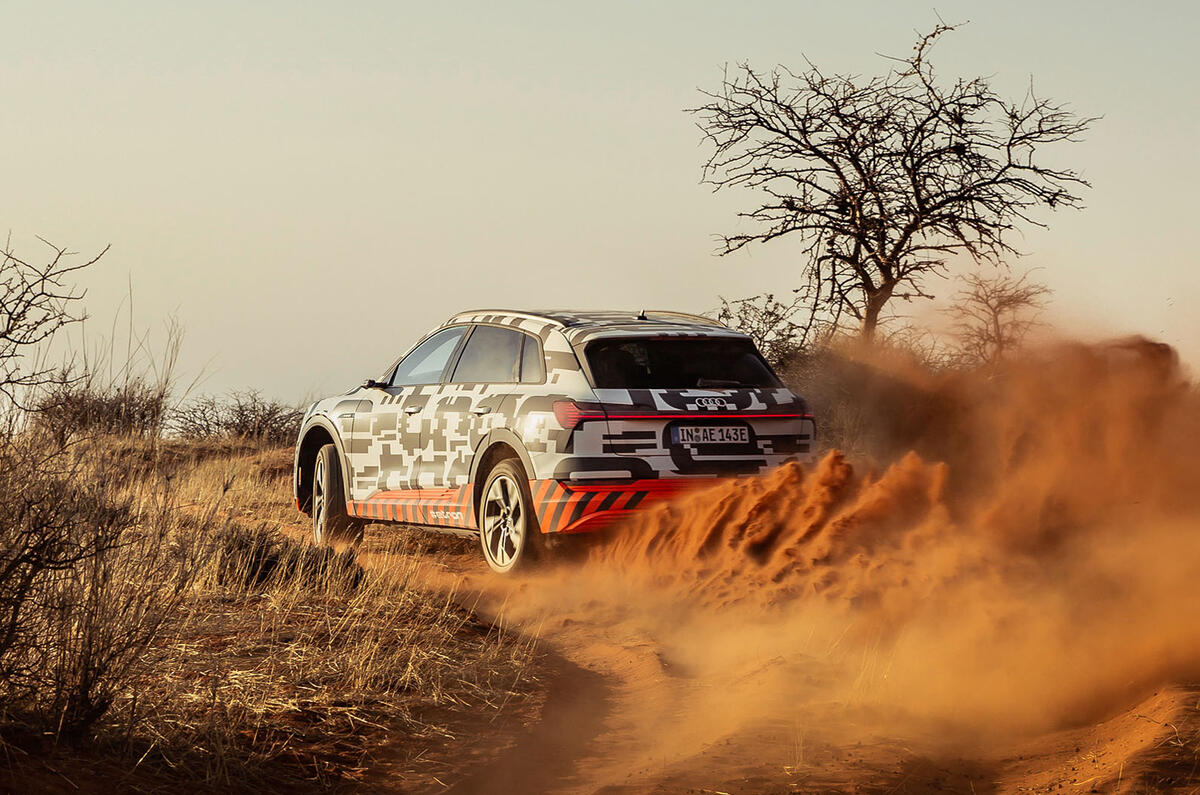
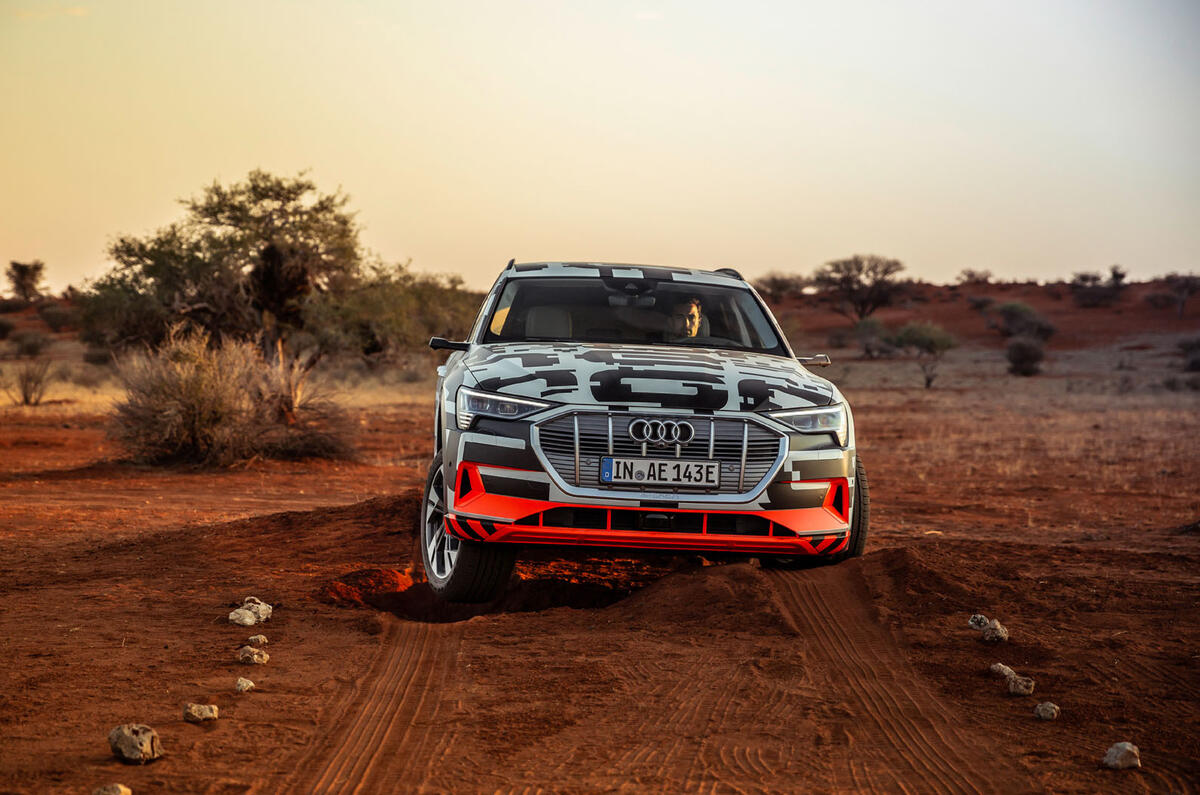
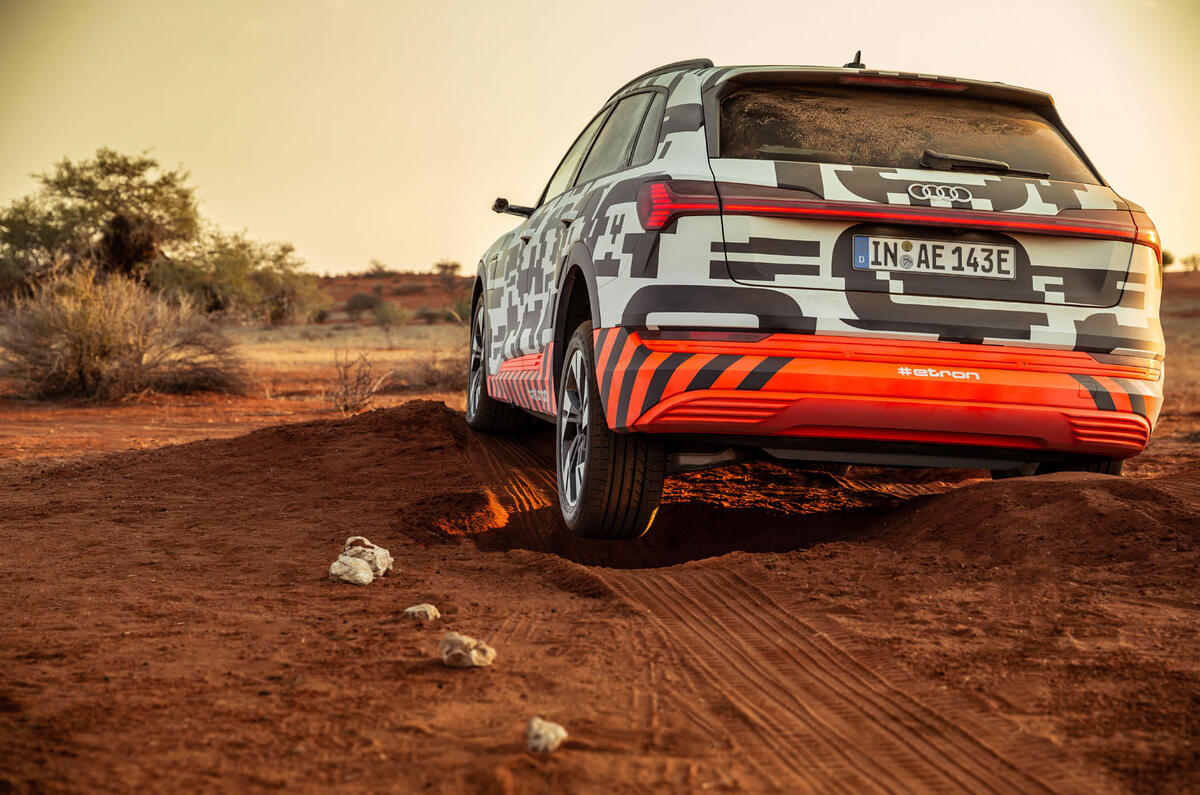
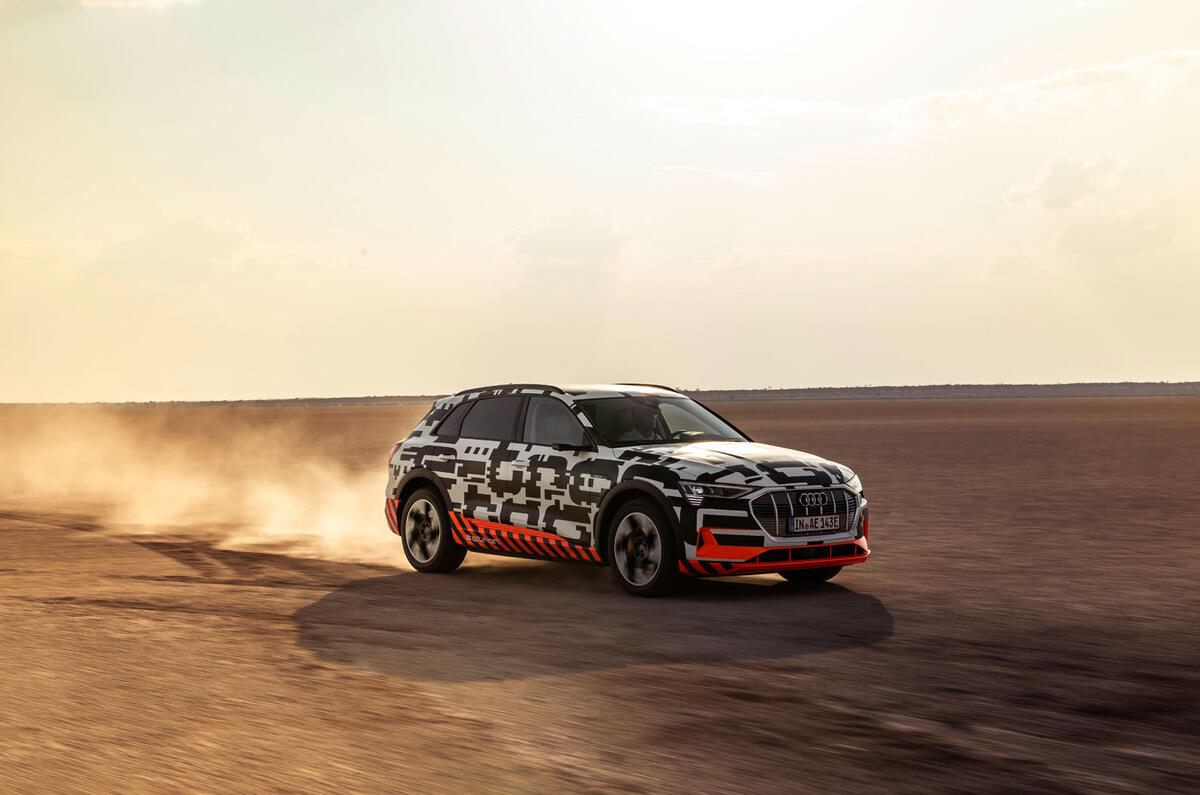
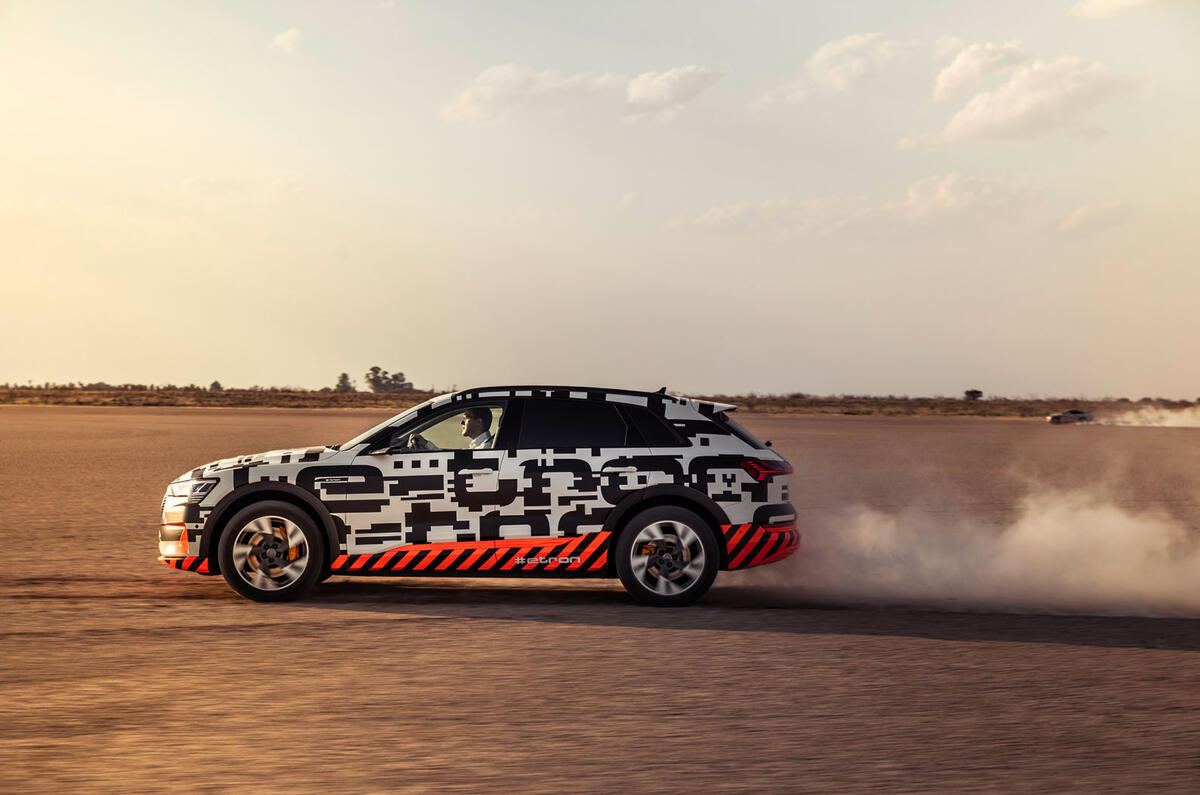
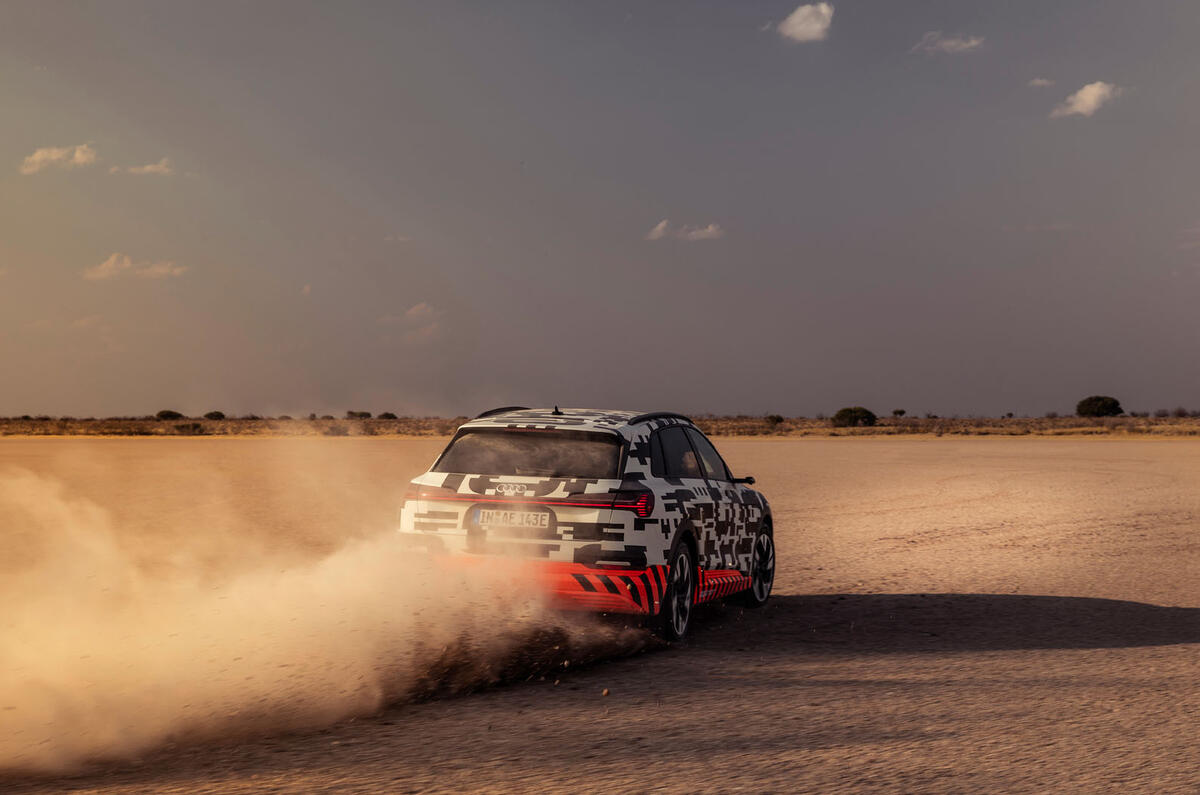
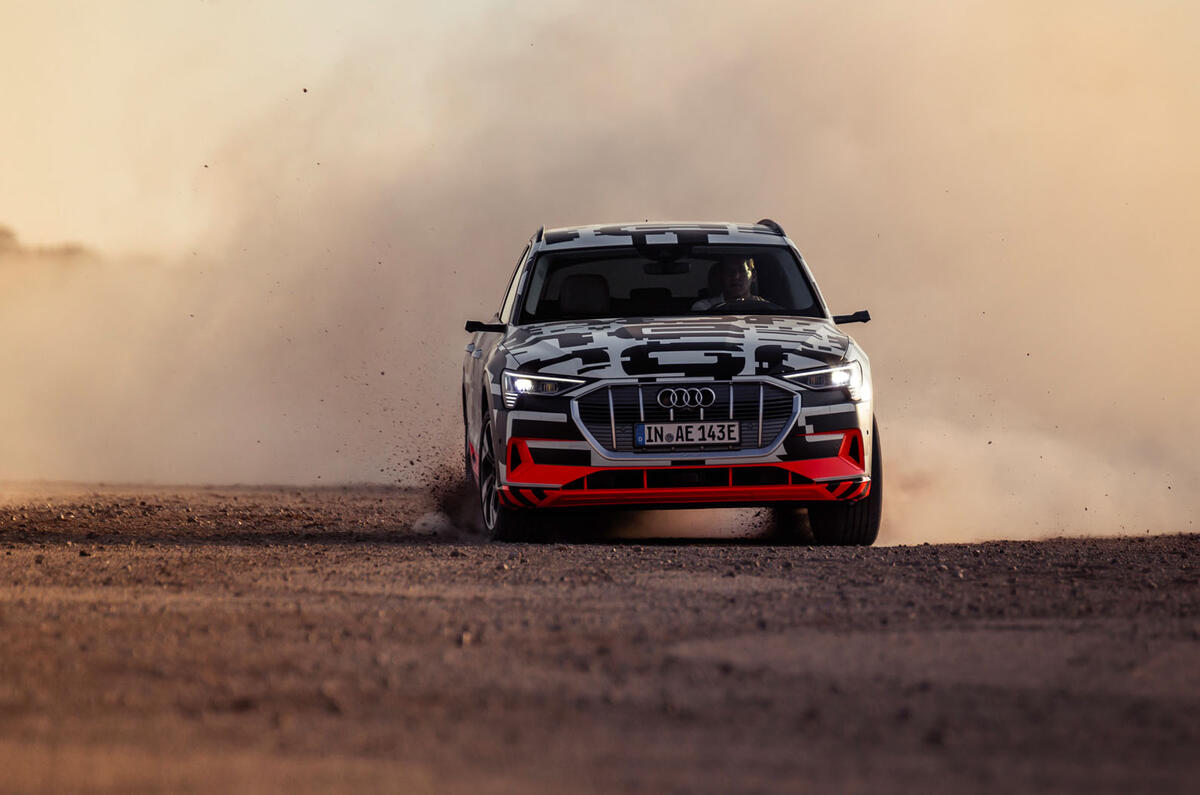
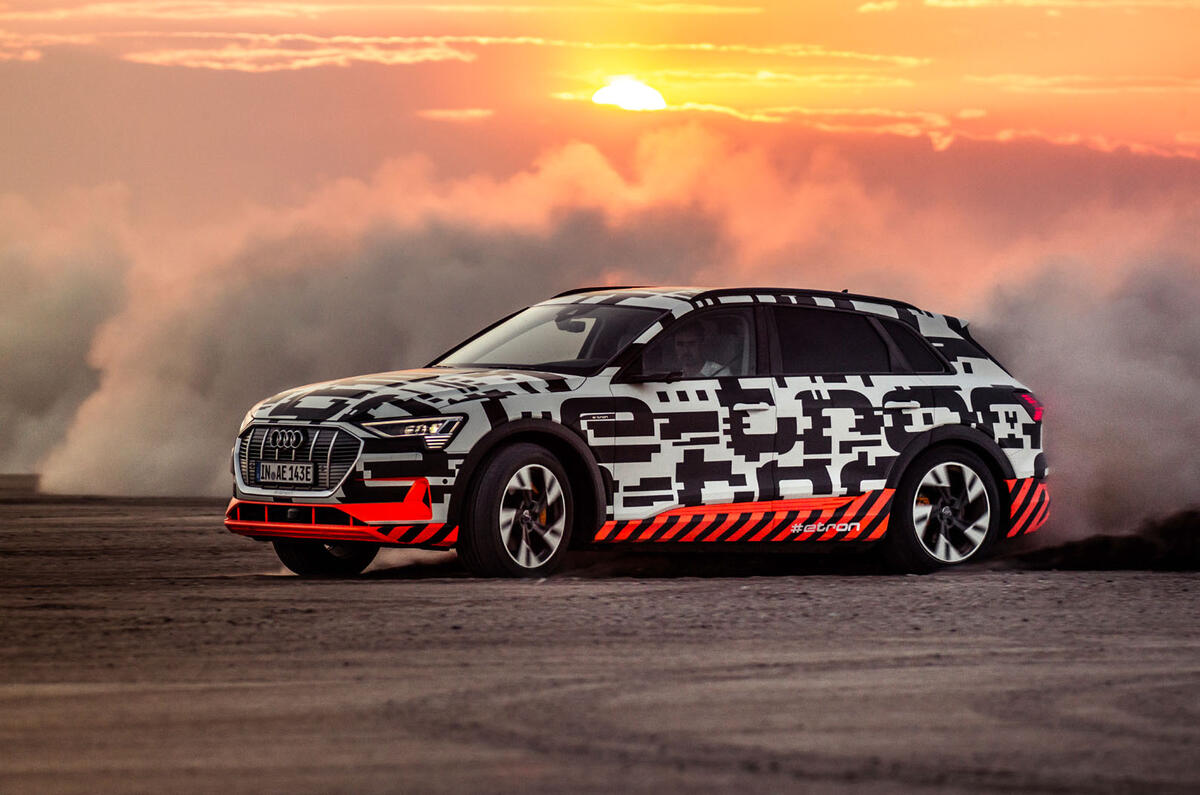
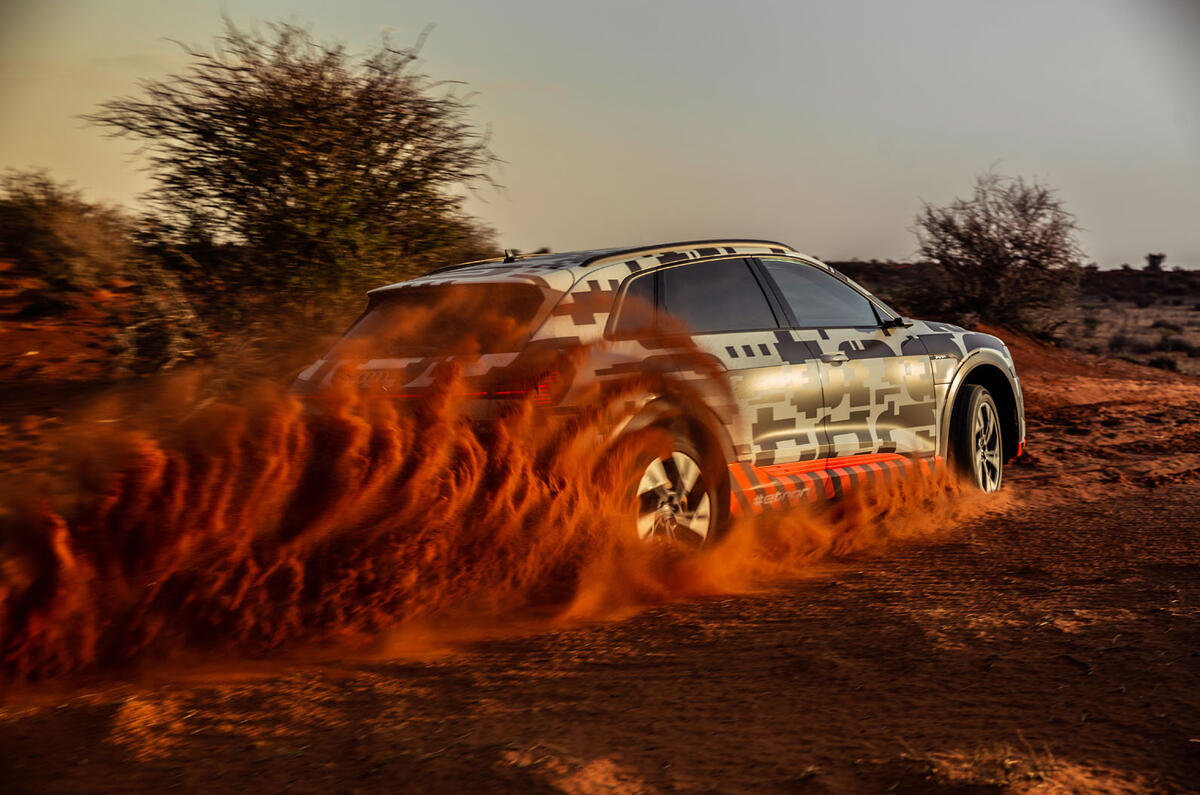
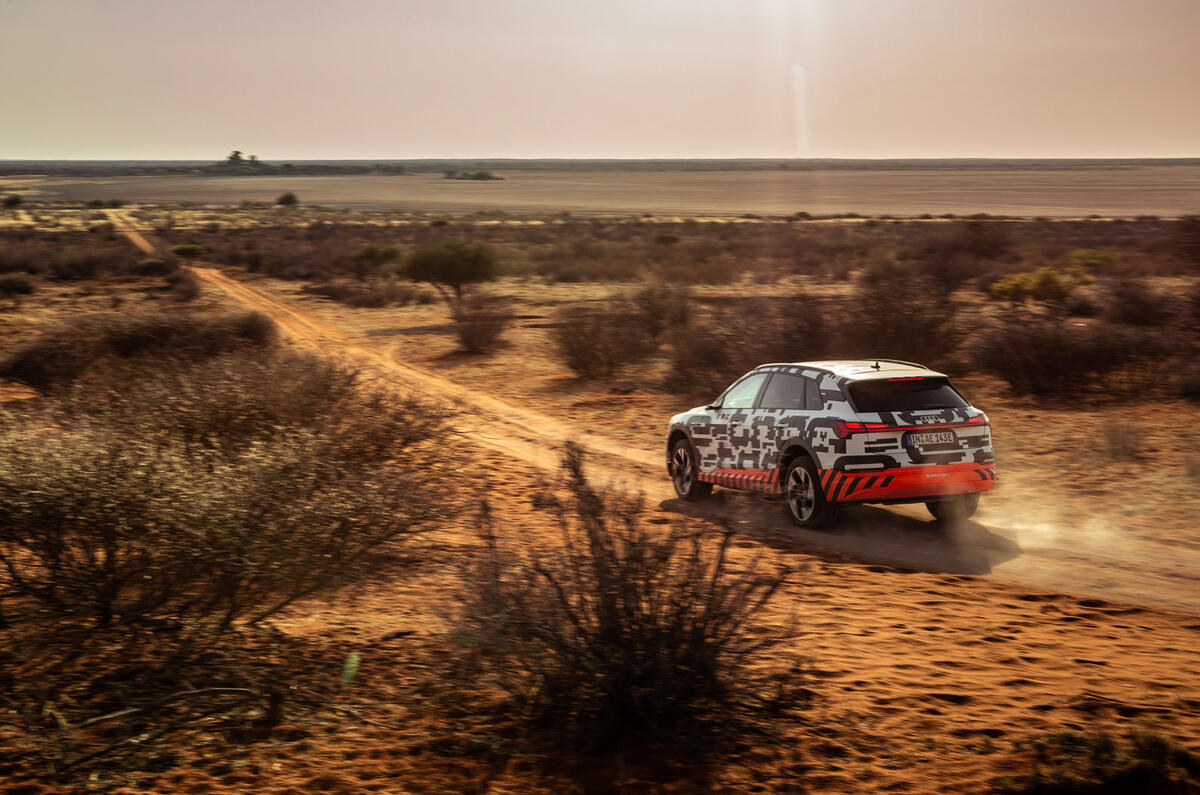
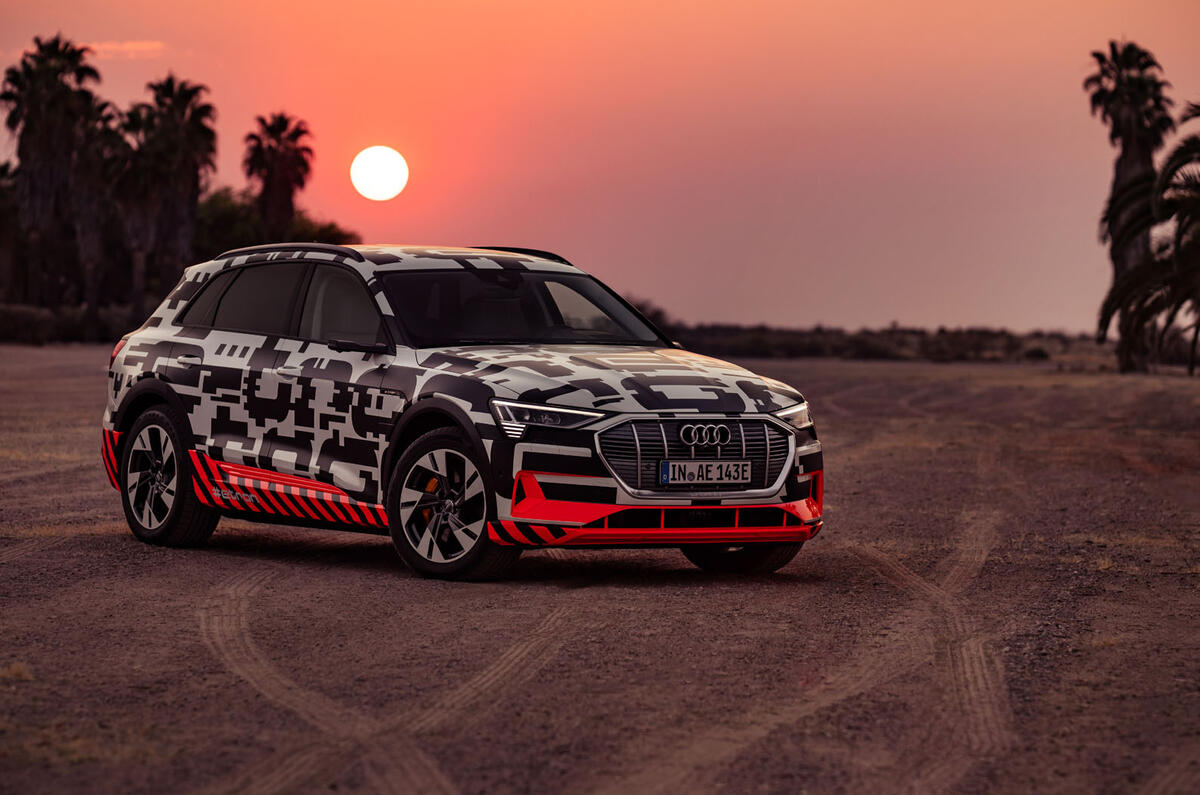
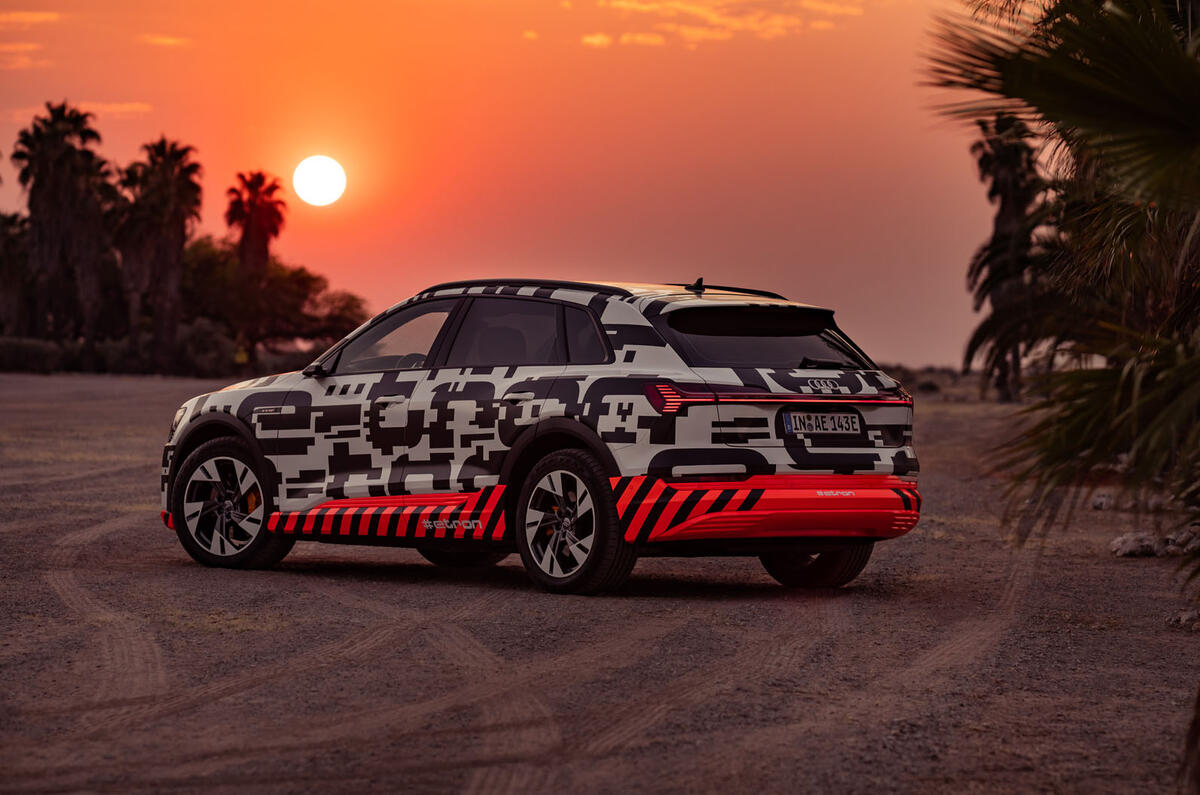

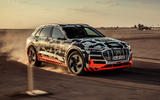
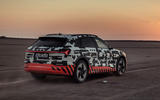
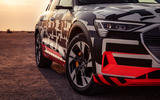
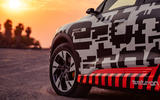
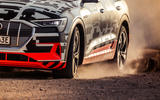
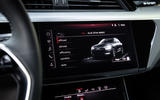
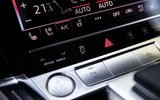
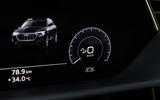
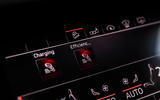

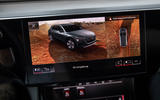
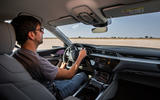

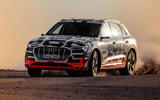


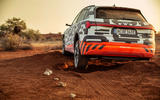
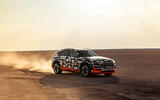
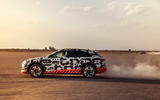


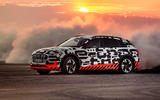


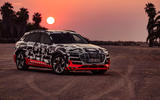
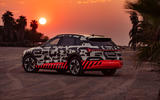


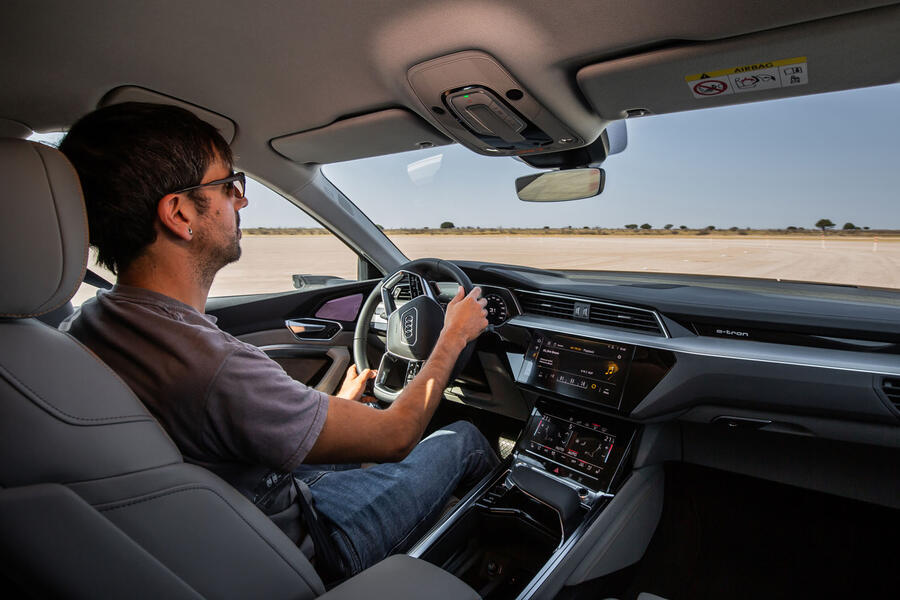
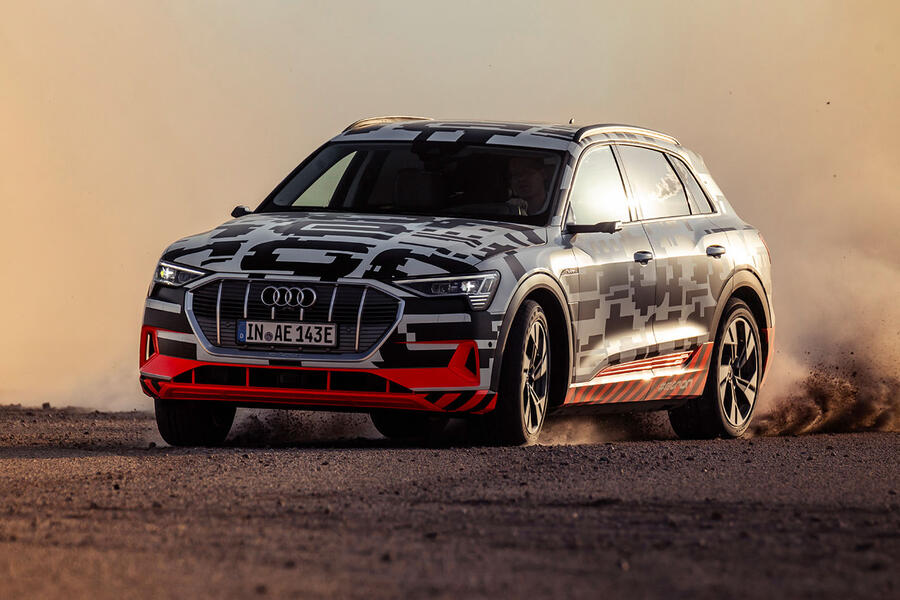
Add your comment